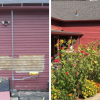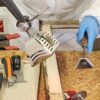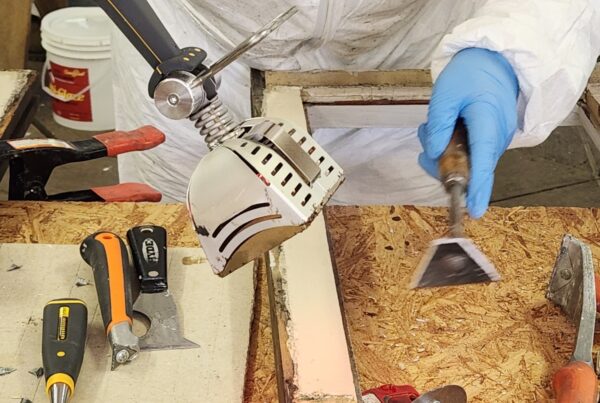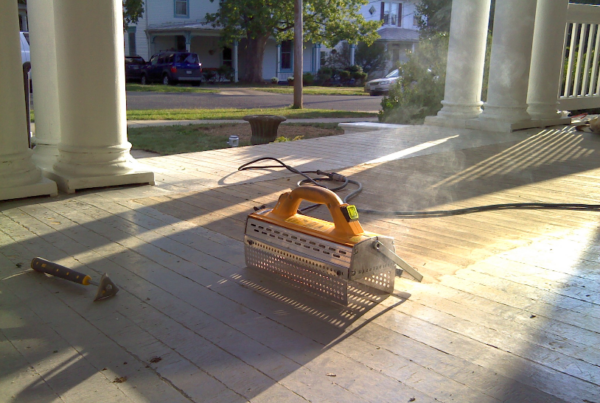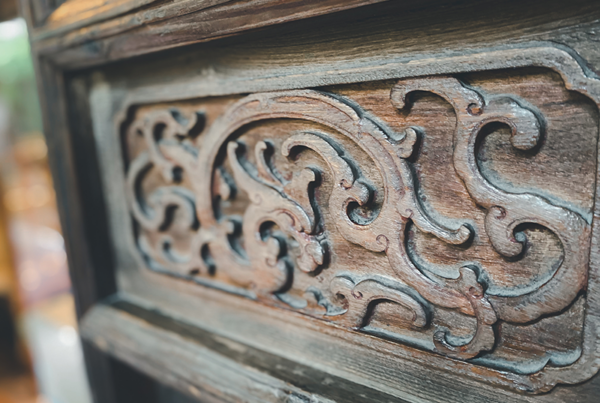Do you live in one of those gorgeous vintage homes? Old homes have that unique charm that makes them so special to us, to those that may travel near and far to enjoy their view or those lucky enough to get a peak inside. But, for the owners, older homes bring a few challenges to get through those cold winter months and Fall is the perfect time to think about winterizing your home.
The good news…you can avoid potential problems by thinking ahead and doing a little winterization of your cherished older home. There are a few areas in which older homes constructed in the past are lacking. Prevent headaches and unexpected costs by following this great tips.
Plumbing: A good starting point would be plumbing. Make sure you get your home inspected. Pay special attention to water lines running in those quaint little nooks and crannies, such as those that are under the crawl space or near outer walls. These are the areas that may need extra heat in the winter to prevent pipes from freezing.
Door & Windows: Do you still have your coat on hours after getting home on a winter day? Vintage doors and windows need to be refurbished and repaired since they are virtually irreplaceable, part of the challenge in owning an older home. So, you can do a couple of things. First, inspect your windows and doors to see where the drafts are coming in. Maybe they need maintenance. Over time, paint chips and without paint wood absorbs moisture from the surface. Wood then expands and contracts and eventually, the wood will begin to rot. Take a closer look, maybe your historic window seal only needs a little paint stripping prep and a fresh coat of paint to get back to its original beauty. Finally, seal up drafts with weather stripping and window caulk.
Gutters: Make sure your gutters are free and clear of debris. Clogged gutters can cause serious problems, including leaks inside the house. Keep your gutter system running smoothly by removing leaves and dirt at least twice a year, more if you’re house is closely surrounded by trees.
Fireplaces: The falling leaves and beauty of fall bring one of the most enjoyable things in life, sitting in front of a cozy fireplace on a cold winter night. Any fireplace in an old house should have a thorough inspection by a fireplace expert before being used for the first time and should be professionally cleaned prior to lighting the first fire every winter. For safety, there is just no DIY on this one.
Water lines: Improper insulation not only equates to high heating bills in old homes but can also lead to much bigger problems, like frozen water lines. Water damage can get expensive very quickly. Find out if your water lines are in any exterior walls or the attic and take extra care to ensure they are adequately insulated before temperatures drop below freezing. If insulating the lines is not possible right now, turning off the water and draining the lines in question is another option.
Your beautiful home may always need the extra TLC but following these tips should help you enjoy its comfort knowing you have improved safety and energy efficiency.


